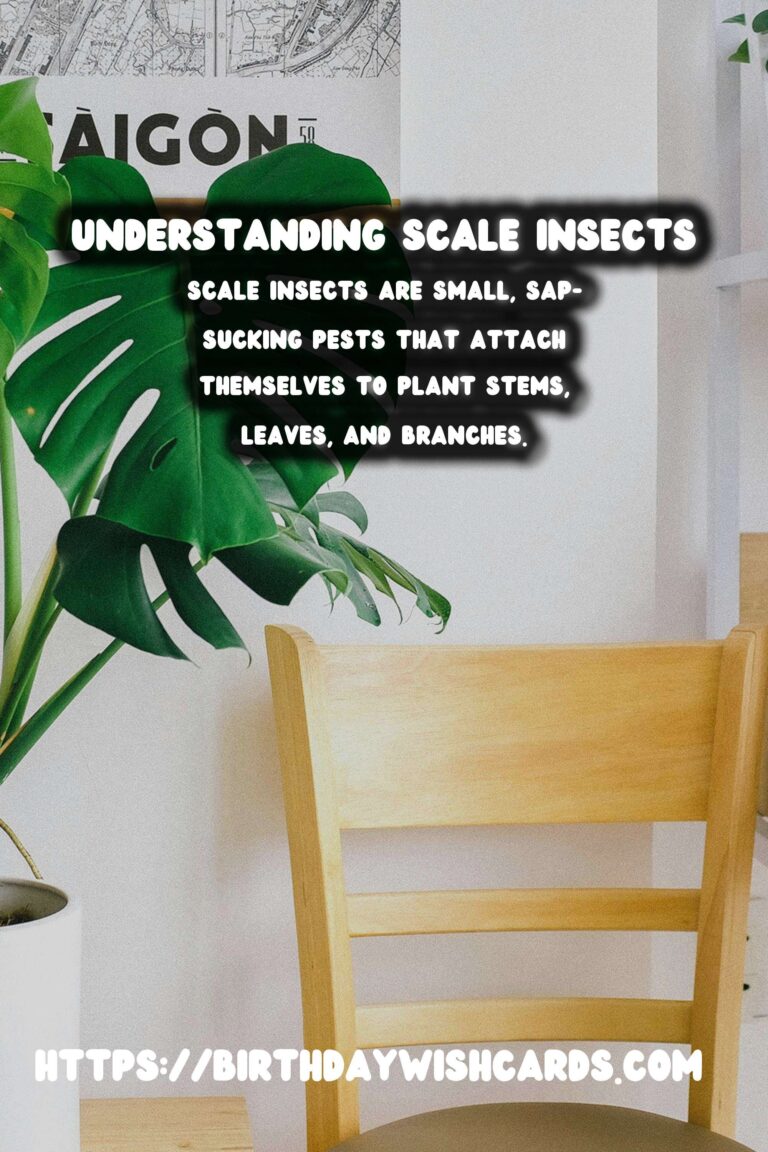
Scale insects are among the most common pests that affect plants, both indoors and outdoors. Understanding these pests is critical for gardeners and plant enthusiasts who wish to maintain the health and vitality of their plants.
What Are Scale Insects?
Scale insects are small, sap-sucking pests that attach themselves to plant stems, leaves, and branches. They are part of the superfamily Coccoidea and are known for their hard, protective outer shell that resembles a scale. This shell makes them difficult to control with conventional pesticides.
Types of Scale Insects
There are thousands of species of scale insects, but they are generally categorized into two main types: armored scales and soft scales. Armored scales have a hard, protective covering that can be separated from their bodies, while soft scales have a waxy, softer covering and are often larger in size.
Life Cycle of Scale Insects
The life cycle of scale insects begins with eggs, which are usually laid under the female’s protective shell. These eggs hatch into crawlers, the mobile stage of their life cycle, which then settle on a plant to feed. After settling, they form a protective shell and become immobile for the rest of their lives. Understanding this life cycle is key to effective management and control of scale insects.
Damage Caused by Scale Insects
Scale insects feed by sucking sap from plants, which can cause a variety of problems. Infected plants may show signs of yellowing leaves, stunted growth, and in severe cases, death. Furthermore, their honeydew excretion can lead to sooty mold growth, which can cover leaves and branches, hindering photosynthesis.
Detection and Monitoring
Early detection of scale insects is crucial. Regular inspection of plants, especially the undersides of leaves and branches, can help identify infestations before they become severe. Sticky traps and magnifying glasses are helpful tools for monitoring these pests.
Control and Management
Controlling scale insects requires a combination of approaches. Pruning infested plant parts, introducing beneficial insects like ladybugs and parasitic wasps, and using horticultural oils or insecticidal soaps are effective methods. Chemical control should be a last resort due to the protective shell of scale insects.
Prevention Strategies
Preventing scale insect infestations involves maintaining plant health through proper watering, fertilization, and pruning. Regular monitoring and early intervention are key components of an integrated pest management approach.
Conclusion
Understanding and managing scale insects is a vital part of plant care. By recognizing the signs of infestation and implementing effective control measures, gardeners can protect their plants from the damaging effects of these persistent pests.
Scale insects are small, sap-sucking pests that attach themselves to plant stems, leaves, and branches. There are thousands of species of scale insects, categorized into armored scales and soft scales. The life cycle of scale insects begins with eggs, leading to the mobile crawler stage. Scale insects can cause yellowing leaves, stunted growth, and in severe cases, plant death. Controlling scale insects requires pruning, introducing beneficial insects, and using horticultural oils. 


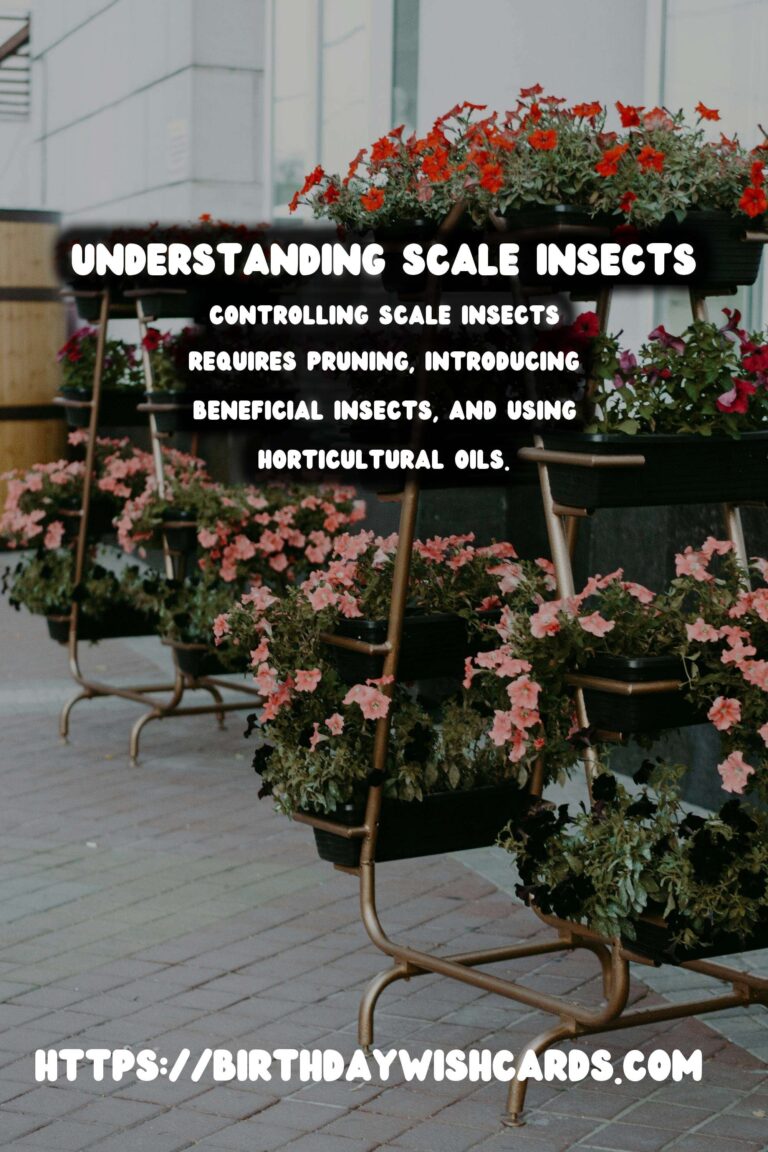

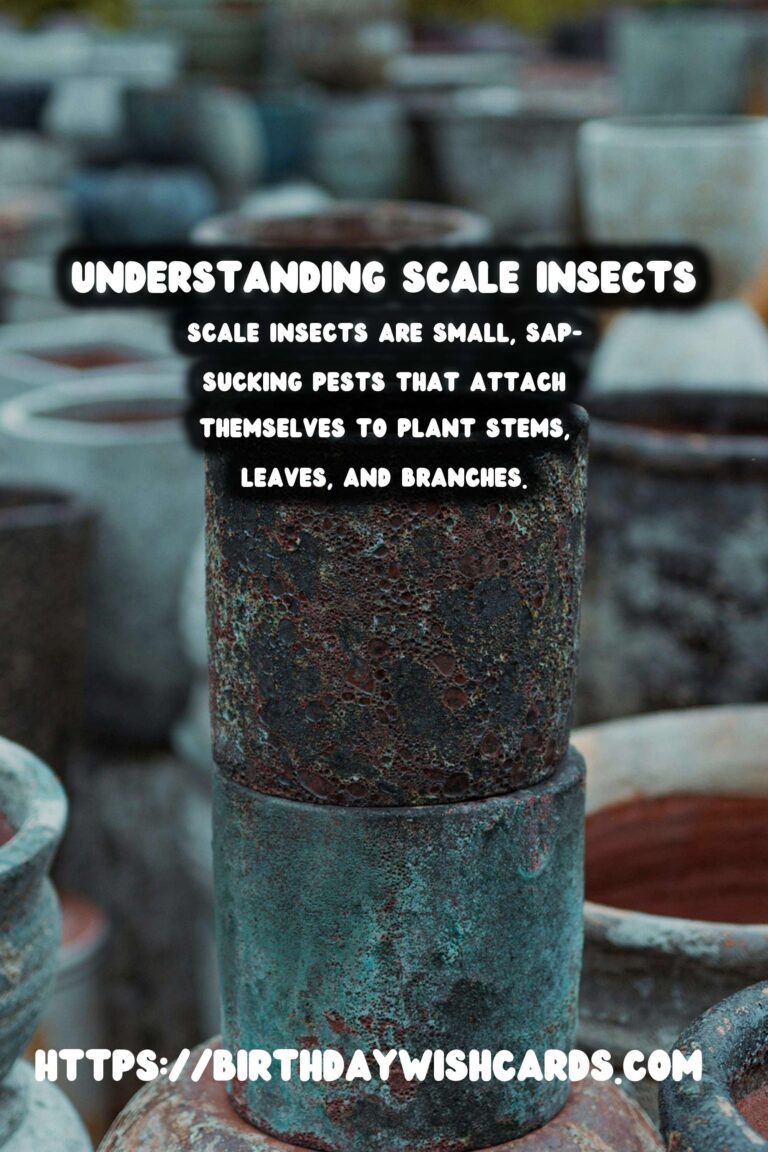
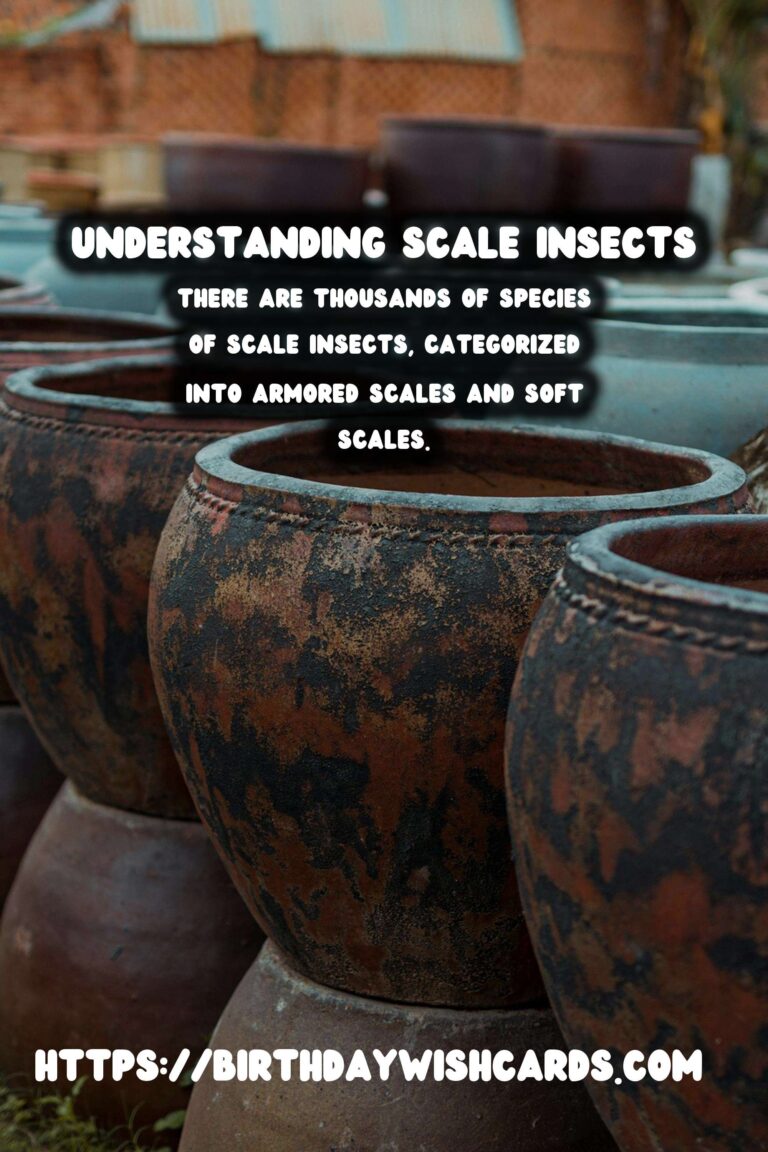
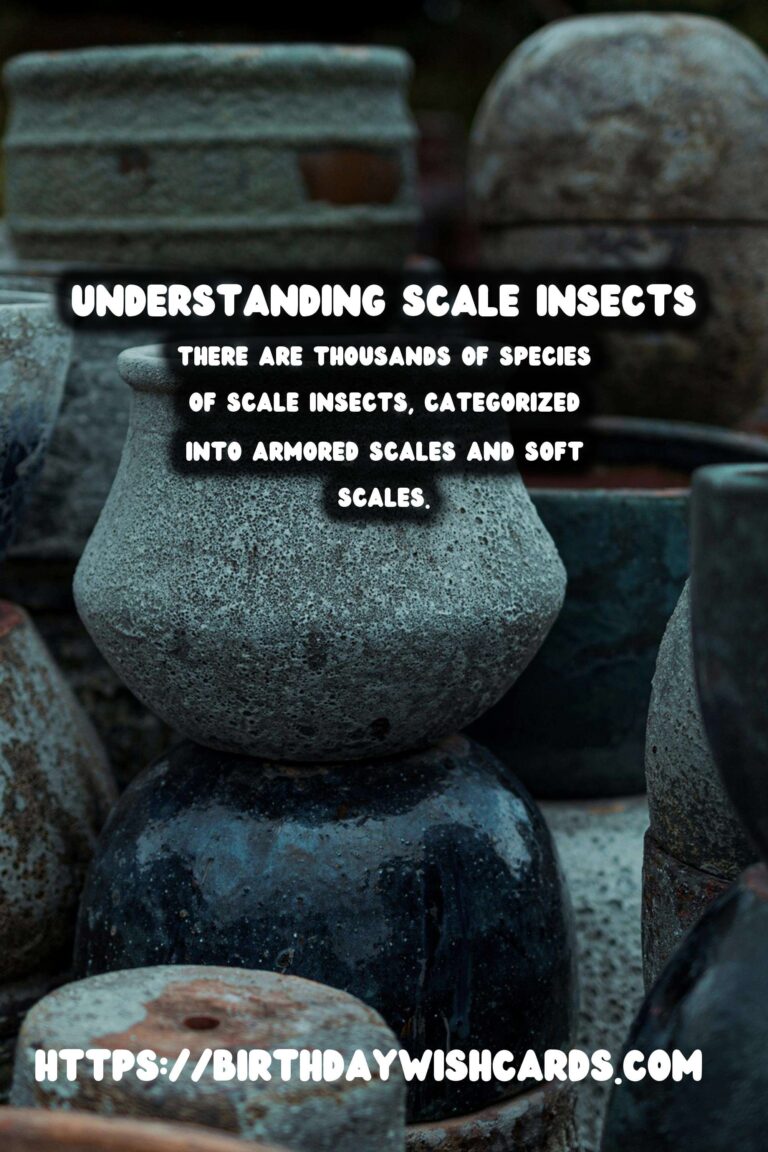

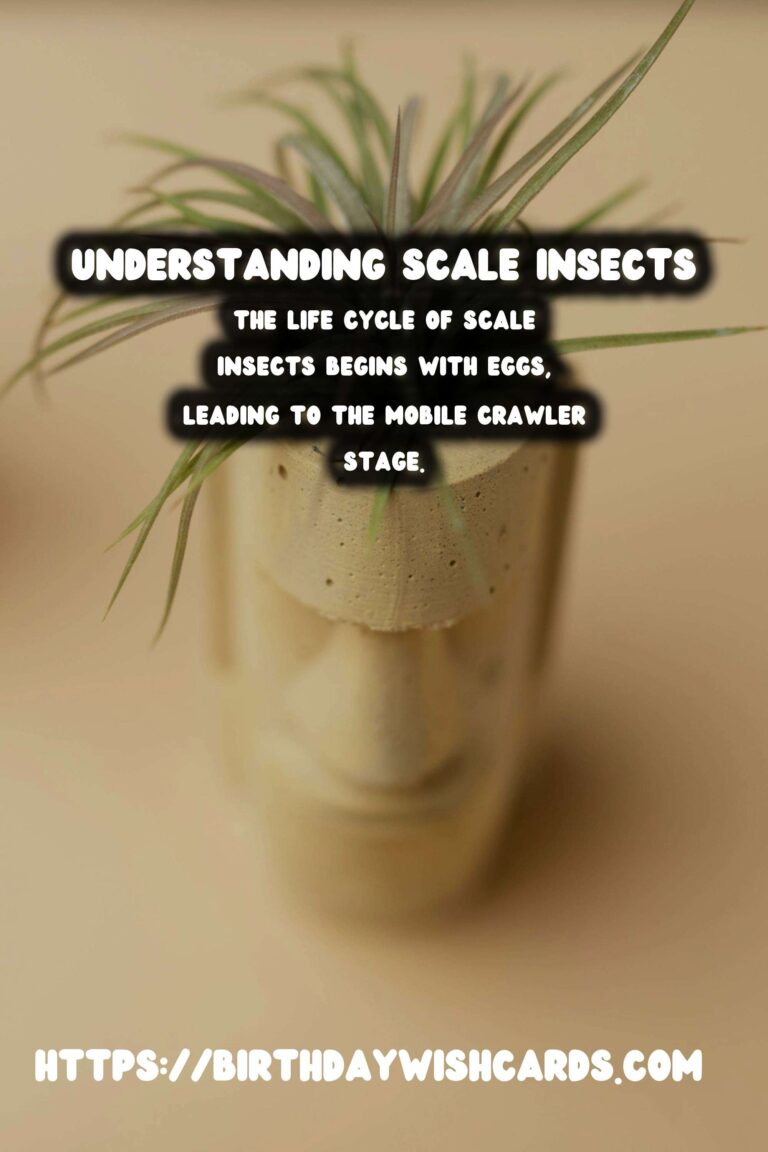
#gardening #plantcare #scaleinsects #pestcontrol #horticulture




